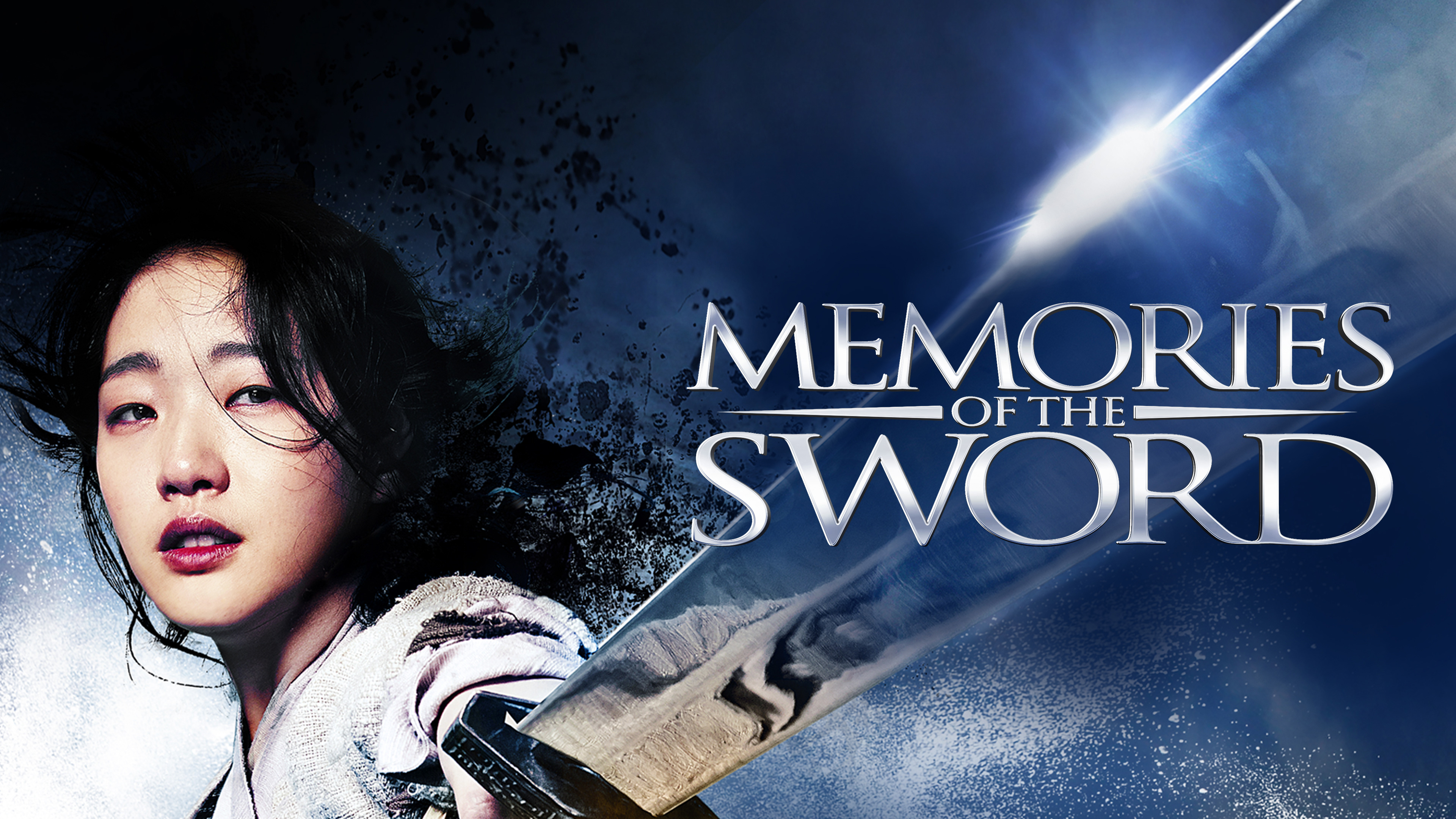

He plays Yu-Baek in just one simple word: ruthless. Lee is truly one of the most versatile actors in Korea with this role being truly one of his best roles yet.

An established actor in his native South Korea, he returned home to play the film’s central villain, the traitorous Yu-Baek. Joe films and recently, playing the new T-1000 in Terminator: Genisys. Many fans of Hollywood will know Lee Byung-Hun for his role as Storm Shadow in the G.I. In the last half of the film, Park and Choi unveil some very interesting twists to the story that brings it all together in a jaw-dropping way by the film’s climax. Clearly, if one misses a single second, they may end up lost in all the chaos of the film. This is one of those films that meshes flashbacks with the present to get the gist of the entire film. This is a fictitious wuxia pian-style drama from director Park Heung-Sik, who also co-wrote the screenplay with Choi Ah-Reum. Will Hong-Yi be able to withstand the ruthlessness of Yu-Baek, who seeks the means to take the throne for himself? Deok-Gi had changed his name to Yu-Baek and Sul-Rang, feeling sorrow and eventually losing her eyesight, took Pung-Chun’s daughter Hong-Yi in and trained her for a prophecy once revealed that Hong-Yi would be prepared to take the lives of those who took her father’s.
#Memories of the sword free
That was until Deok-Gi was bribed by the king to free his son, the Prince, and as a result, he and his lover Sul-Rang, killed the third Great Sword, Pung-Chun. Wallseo was once Sul-Rang, one of the Three Great Swords, a trio of superior warriors who attempted to overthrow the government during the days of the Koryo Empire. This attracts the attention of General Yu-Baek, who is determined to move up the ranks but his real nature is soon revealed as is Hong-Yi’s.

She decides to test her skills against the young upstart and easily defeats him. One day, she sees a young fighter named Yul win in the local arena. She is a protege of Wallseo, a blind tea house manager. Hong-Yi is a young woman with a scar on her back who has been training to become a master swordswoman.

The same preparation would be advisable for the final duel between Hong-yi and Deok-gi, when the film’s fixation on slow-mo gets so obsessive that probably half of the fight consists of shots of the heroine and villain literally frozen in place.A story of betrayal, revenge, and redemption comes in flashback and present form in this very dramatic swordplay film from director Park Heung-Sik. Still at least you can make out the action in this portion of the film, but you’d do well to prepare to endure the camera literally zooming in and out every five seconds in the third set, which is how events play out when Hong-yi storms Deok-gi’s fortress at the climax. In one moment, the combatants look too guided, in another they’ll bound along like they’re jumping on a trampoline and in another, they’ll just morph into CGI cartoons. The second set mostly takes place in the latter third, beginning with a training sequence where Hong-yi spars with a sword master while both of them use the power of wire-fu to run up bamboo trees – shucks, if only I could remember where we’ve seen THAT before! Comparisons to “ Crouching Tiger Hidden Dragon” aside, this is some of the goofiest and most uneven wire-fu that’s been done in a while. Somehow, someway, the fact that an action sequence is completely worthless if the viewer can’t coherently see what’s happening on screen continues to not be a universally accepted fact among action filmmakers. The first comes in Hong-yi’s initial few skirmishes in the first third, each one completely undone by terrible editing and excessive shaky cam. The sword fighting sequences in the film fall into three separate categories of how not to do it. Not that the film gets any more exhilarating whenever something’s actually happening onscreen. Hong yi puts her foot down Hong yis training goes airborne A novel approach to sword sparring A rare moment of remorse from Deok gi Deok gi casually dodges an assault


 0 kommentar(er)
0 kommentar(er)
